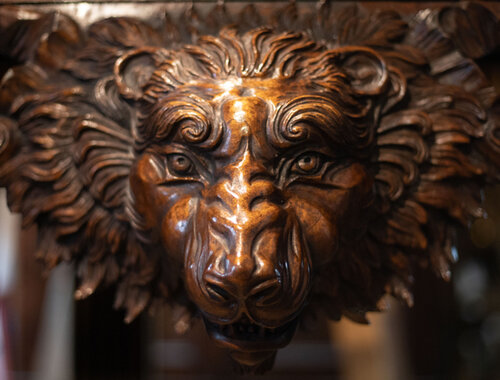As John Bly Antiques celebrate 130 years in business, Effect Magazine speaks to the current generation, John Bly and his son James Bly, to find how a company rooted in the past has its eyes set firmly on the future.
“It is a privilege,” says James Bly, the fifth generation now leading John Bly Antiques, currently celebrating its 130th year of business. “I am a custodian of a rare artefact and piece of history.”
Witnessing monumental change across society and the industry itself, the business is still standing strong today, testament to the hard work of the family and their adaptability in keeping it relevant for multiple generations. While the world of antiques is steeped in history and tradition, the family has never been more aware of the role such an industry now plays. And yet, while changes have occurred over the decades, Bly affirms that patterns reoccur and the love for antiques will always be ubiquitous.
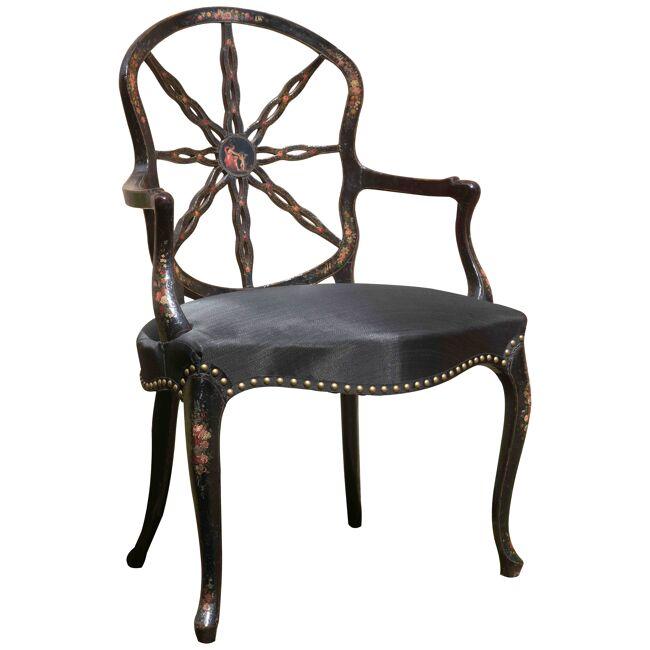
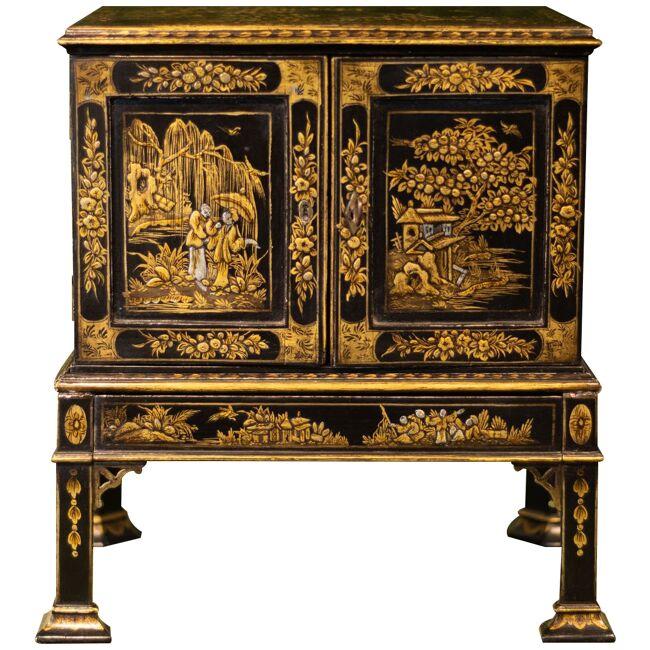

“There is a huge amount of responsibility to ensure my forefathers’ hard work, dedication and reputations are maintained and kept intact,” he continues. “To learn from such an established family and knowledge base gives me a unique viewpoint of not only the antiques industry but also social history.”
It is a privilege – I am a custodian of a rare artefact and piece of history.
James Bly of John Bly Antiques
While their expertise sets them apart, the Bly dynasty has always taken an innovative approach to business. In the 1920s, John Bly II worked on valuations, appraisals, and offered restoration. In the 1930s, as the market changed, James’ grandfather Frank Bly opened a shop selling modern furniture from a company called Harris Lebus. Through providing commercial interiors, and with James’ grandmother even making textiles for the home, this allowed them to buy and sell specific fine items demanded by those with money. When James’ father took to the helm, he introduced the business to an international audience, sharing his knowledge through television shows and his work in America’s museum and collectors’ lecture circuit.
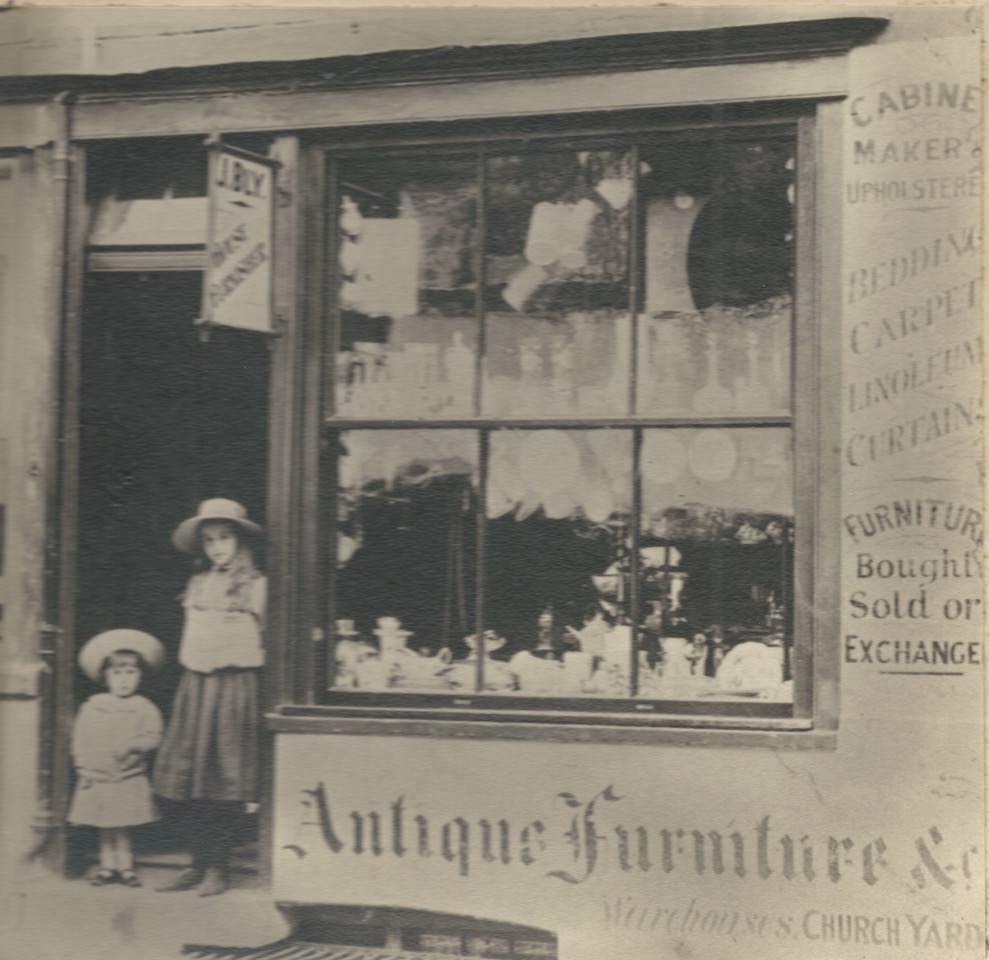


Since then, with James now in charge, the company has participated at major international antiques fairs while establishing themselves within the London St James district. The most recent development is the launch of Studio Bly, an arm to the business which offers clients the chance to commission their own bespoke furniture designs.
This versatility across generations has allowed the company to thrive and push forward. “The founding maxims of everything we do are quality, authenticity and originality,” states Bly; “a rare blend of expertise that continues the Bly custom of offering the best in all that we do.”
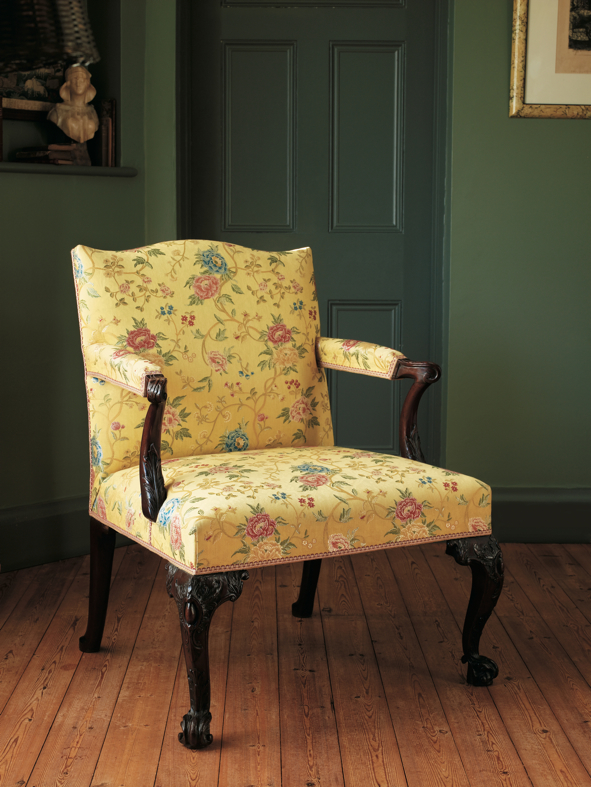
Looking over the past century, while the brand has been successful, it has also come with a number of challenges to overcome. “As each period passes, the lines of what is actually an antique gets blurred and can be difficult to monitor,” Bly reveals. “A hundred years ago, an antique had to have been made before 1820. Nowadays, the term antique seems to cover items even younger than I am.”
As each period passes, the lines of what is actually an antique gets blurred… a hundred years ago, an antique had to have been made before 1820. Nowadays, the term antique seems to cover items even younger than I am.
James Bly
While this consumer perception has changed, the family have never deviated from their own core values and aesthetics. “Buyers now can be told they can achieve a similar feel and look for a fraction of the cost,” Bly continues. “This has led to a lack of interest in provenance or authenticity. However, to get the Bly look, you have to buy the one-and-only original!”
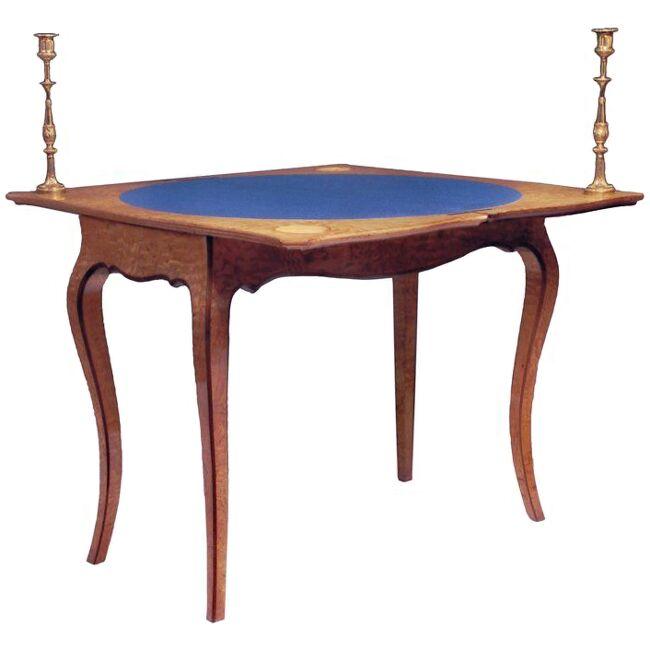
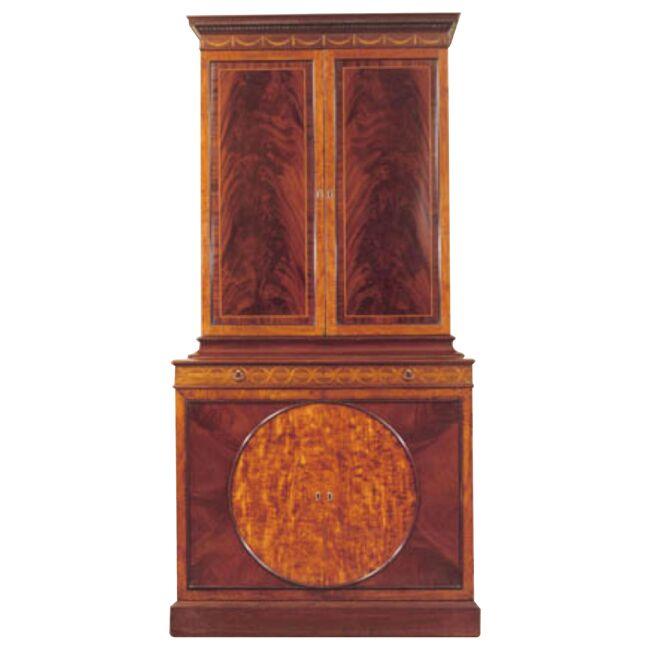
The onset of the digital world has also changed the way dealers operate. With John Bly Antiques present across most social media platforms, it has been a useful source of additional marketing, added to the brand’s monthly newsletter which began five years ago. “Bly’s Bounty (as it is known) has been an essential and successful way to keep in touch with existing clients whilst attracting new ones each month,” he reveals. “Sales have been consistent and good as a result.” Again, this willingness to adapt has allowed the company to flourish, even in recent times where physical engagements were restricted.
The passion which has been passed down through the Bly generations is apparent, and their love for singular finds and stories is what attracts buyers to them. They have come across many distinct items over the years, but a few stand out for them.
“The Kimbolton Cabinet is arguably the most important piece of 18th century English furniture to have ever gone on the market,” he explains. “My grandfather sold it to the V&A Museum in 1949 and it is still on display today.” Another item of note sold by the company is the Purefoy Cabinet – an Italian writing desk from the late 17th century, acquired by Mrs Elizabeth Purefoy in the 1740s and adapted with the addition of a cabriole leg stand and hinged lid to form a cabinet to contain the Purefoy Letters.
Acknowledged to be among the primary records of life in upper middle-class English society during the first three quarters of the 18th century, they are used as reference by screenwriters and historians internationally. The original letters are held in the Buckingham Museum in Aylesbury. It is stories such as this which bring joy to the world of antiques and a passion for investigation in finding out the history behind such extraordinary items.
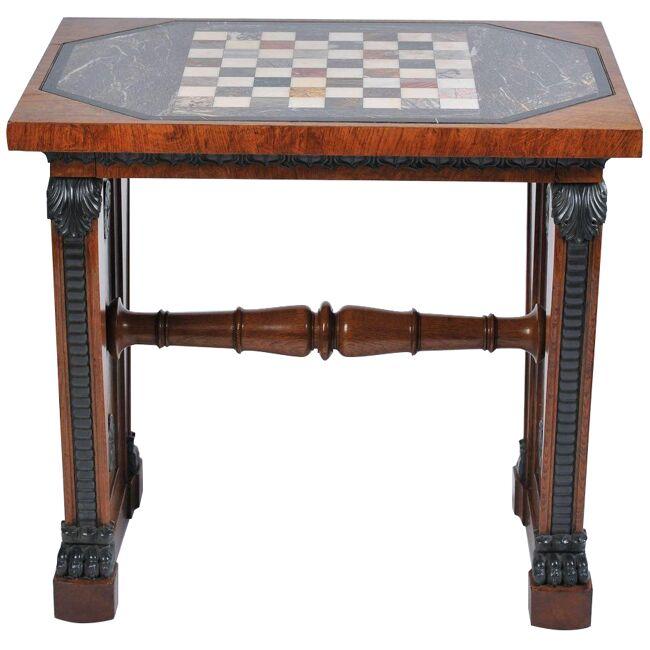
While the beauty of antiques speak for themselves, their role in building a more sustainable future is something which is only being discussed more widely now. “Antiques are the original and best example of recycling,” Bly says. “I think it is an important aspect of the business, and certainly something our clients are very conscious of.”
Antiques are the original and best example of recycling. I think it is an important aspect of the business, and certainly something our clients are very conscious of.
James Bly
Ten years ago, the brand’s campaign read “Brown is the new Green”, with an image of a Georgian three-pillar dining table being suspended in the forest – ahead of its time in addressing the sustainability conversation before it became the word on everyone’s lips. The brand’s bespoke pieces also utilise antique components and sustainably sourced timber. This awareness of the changing needs and demands of society will continue to drive the business forward into the future. “Education is key to the future of the antiques business and who better than one of the oldest, established and most reputable businesses to lead the way,” Bly concludes. “It is on us to show the next generation how to furnish and create magical interiors with antiques. Not only the way we did it 30 years ago but by combining these wonderful tangible pieces of history with modern environments that people are comfortable in.”
Effect Magazine is brought to you by Effetto



